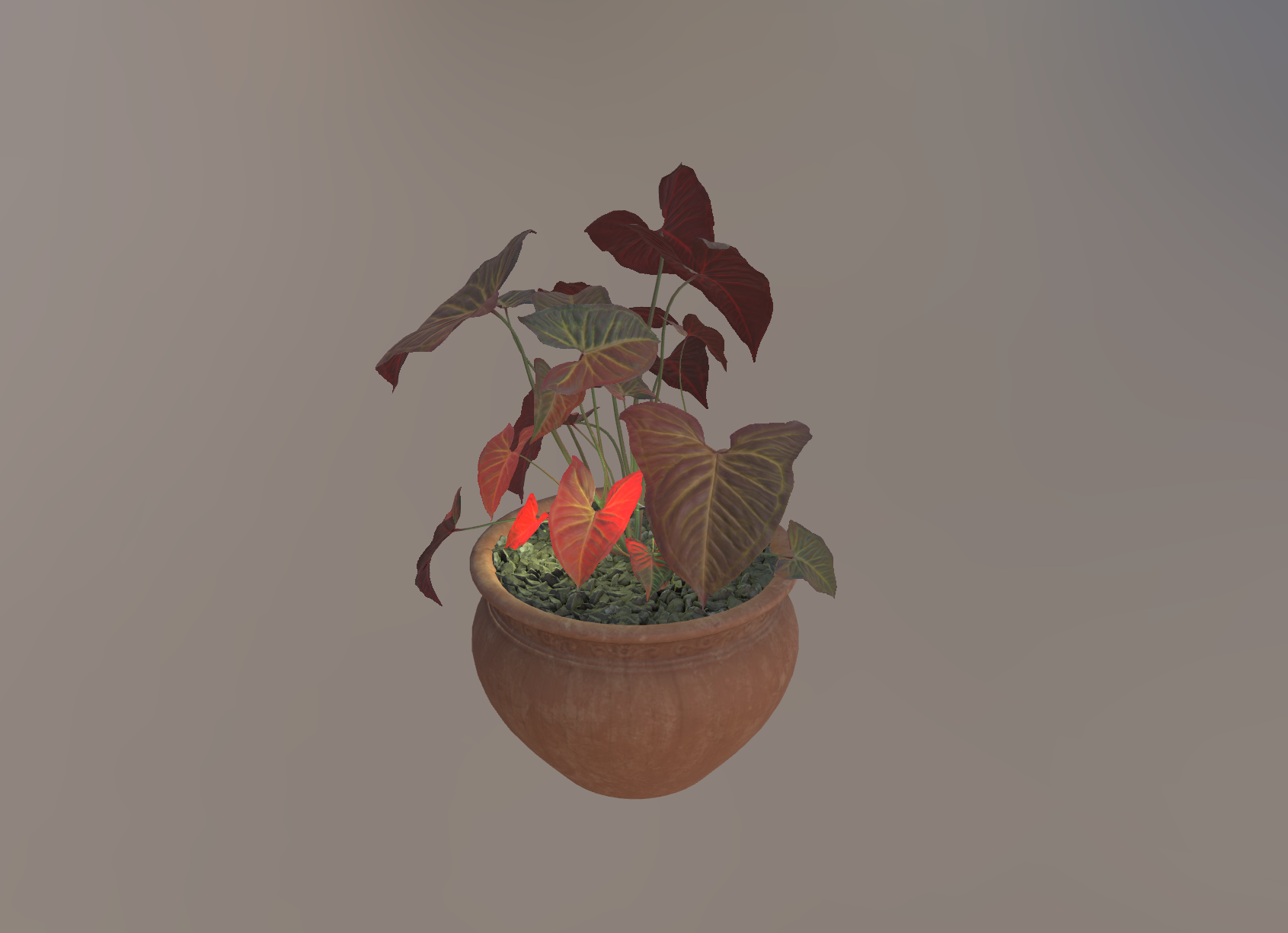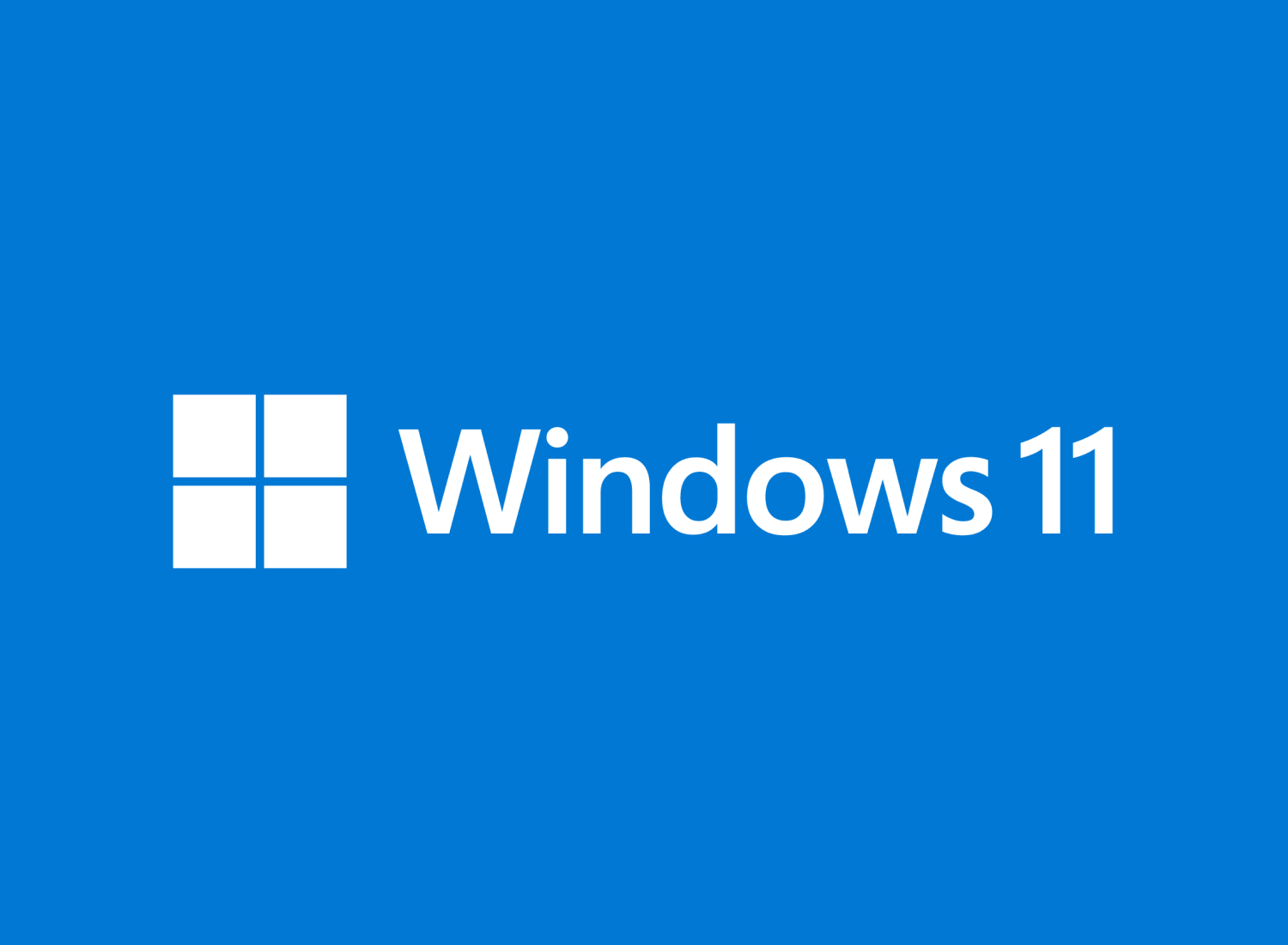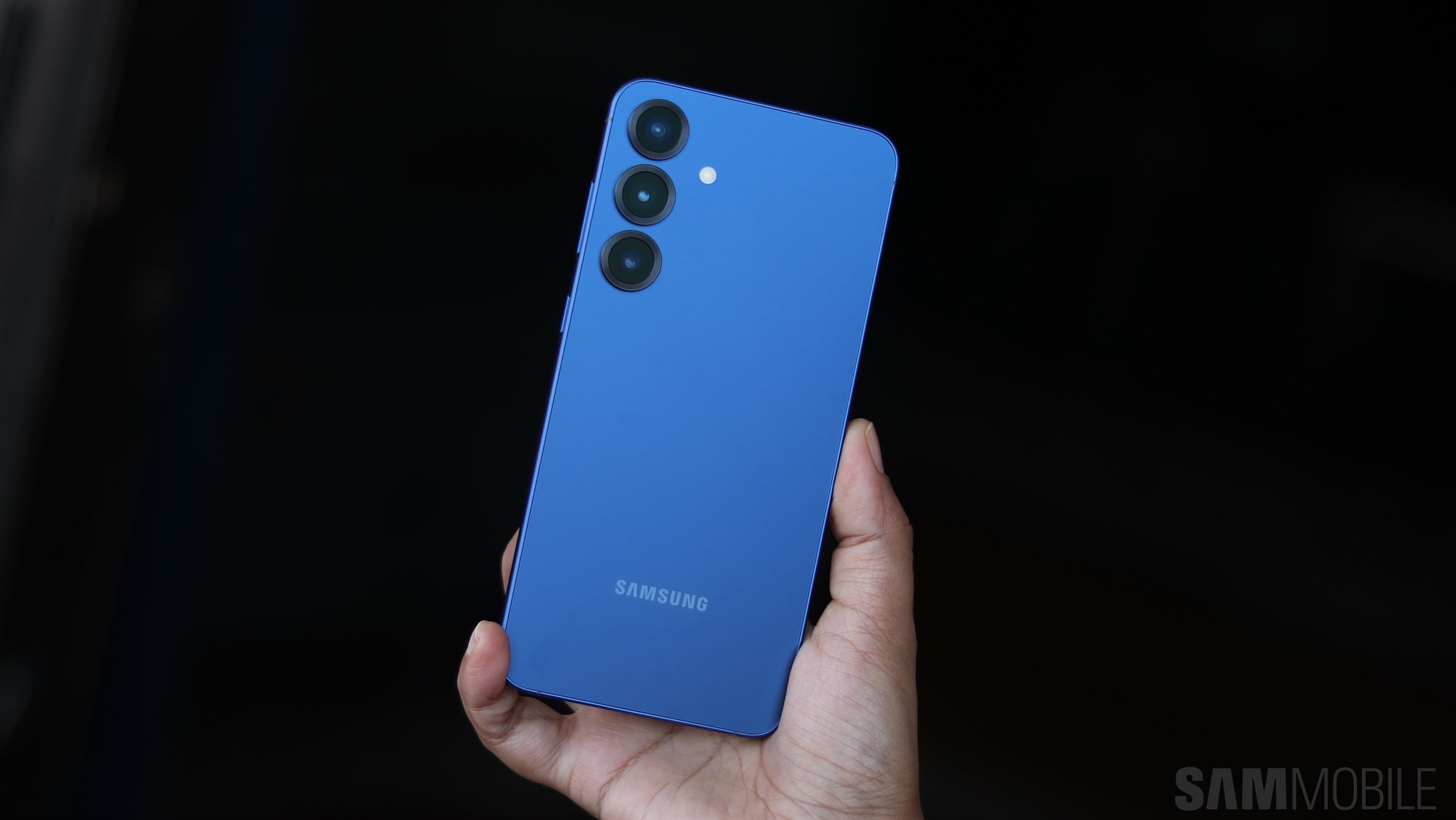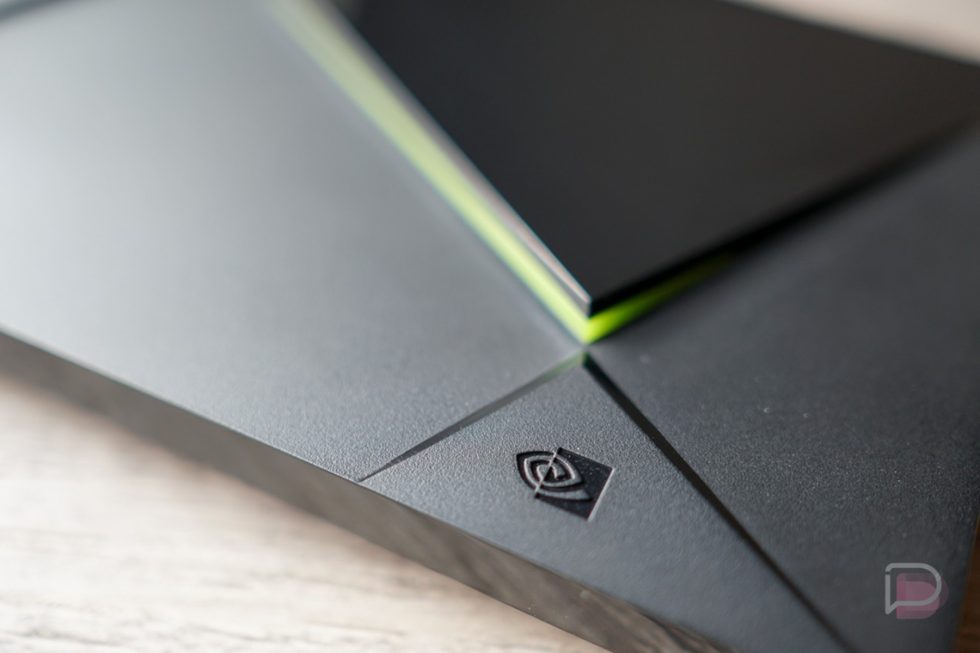The latest Babylon.js 8.0 release includes several updates to assist developers in creating beautiful and performant 3D experiences.
Updated glTF Support — KHR_materials_diffuse_transmission
Babylon.js 8.0 continues the long rich tradition of supporting every extension update to the glTF format. As glTF advances, Babylon.js is in lock-step with support for those advancements. Babylon.js 8.0 brings support for the very beautiful KHR_materials_diffuse_transmission!
Check out a demo:
https://aka.ms/babylon8gltfdemo
Learn more here:
https://aka.ms/babylon8gltfDoc
https://youtu.be/c5qumu-k9lQ
Credit to
Eric Chadwick for the beautiful asset, seriously, Eric’s work is incredible, go support him!
glTF Exporter Improvements
Babylon.js introduces a host of new improvements to the glTF serializer, allowing you to export your Babylon scenes as glTF objects with support for the latest extensions and features!
Check out a demo:
https://aka.ms/babylon8gltfSerializerDemo (try exporting as glTF and opening in your favorite 3D tool)
Learn more here:
https://aka.ms/babylon8gltfSerializerDoc
https://youtu.be/RSbGAeS-FEI
More glTF Loader Options
Babylon.js 8.0 unlocks new loader options for glTF objects allowing you to programmatically load your assets with pre-determined specifications, such as loading at a specific LOD (Level of Detail). These new loader options will provide new flexibility and control of how you bring assets into your Babylon.js scenes!
Check out a demo:
https://aka.ms/babylon8glTFLoaderDemo
Learn more here:
https://aka.ms/babylon8glTFLoaderDoc
https://youtu.be/hrZNyJyf9hA
IES Light Support
IES Lighting is a technique that describes the “shape” of a light that emits from a lamp. You can read more about it here:
IES-Library. Babylon.js brings support for IES files, unlocking new ways to express dimension and lighting in your scenes!
Check out a demo:
https://aka.ms/babylon8IESLightDemo (click/touch to see different IES light shapes)
Learn more here:
https://aka.ms/babylon8IESLightDoc
https://youtu.be/j-InYXIJr2w
USDZ Export
Babylon.js 8.0 allows you to export .usdz files, making it easier than ever for you to build AR experiences targeted for iOS devices!
Check out a demo:
https://aka.ms/babylon8usdzDemo
Learn more here:
https://aka.ms/babylon8usdzDoc
https://youtu.be/DerHDOT0TYE
GPU Mesh Picking
Picking meshes in a scene can be an expensive feature since the CPU has to loop through every piece of geometry to find the triangle that most closely intersects the ray cast from the picking location.
Ready for some wizardry? Babylon.js 8.0 introduces the ability to pick meshes from directly from the GPU! Yup, that’s right. This means that in complex scenes, where picking is required, you can boost performance by offloading this to the GPU.
Check out a demo:
https://aka.ms/babylon8gpuPickDemo
Learn more here:
https://aka.ms/babylon8gpuPickDoc
https://youtu.be/4hBhUFk-k_U
GPU Bounding Box
Bounding Box calculation can be expensive, especially if you have a few animated meshes with a large number of vertices. Babylon.js 8.0 introduces the ability to pass Bounding Box calculation to the GPU, freeing up valuable cycles on the CPU and improving performance for your scene.
Check out a demo:
https://aka.ms/babylon8gpuBBoxDemo
Learn more here:
https://aka.ms/babylon8gpuBBoxDoc
https://youtu.be/JdKSMPf-aWg
EXR Texture Support
Babylon.js 8.0 also brings support for
EXR files. This feature-rich image format unlocks some new superpowers for you to use in Babylon.js. Negative pixel values, for example, can be used to store complex visualizations as a texture format that can now be read in Babylon.js!
Check out a demo:
https://aka.ms/babylon8exrDemo
https://youtu.be/fUHEycgijb8
WebXR Depth Sensing
Babylon.js 8.0 brings support for a new and exciting WebXR feature called “Depth Sensing.” This feature uses depth information captured from devices to give developers the ability to overlay real world visuals “on top” of computer-generated images! You just have to see it to believe it. It feels like magic!
Check out a demo (on recent Android devices and Quest 3):
https://aka.ms/babylon8webxrDSDemo
Learn more here:
https://aka.ms/babylon8webxrDSDoc
https://youtu.be/fqmFjLD0xBE
A Peek Ahead
Phew! Babylon.js 8.0 is by far the platform’s biggest release to date. There’s so much goodness packed into it that it feels like you’ve been scrolling forever! Would you believe there’s even more in active development?!!! Here’s a tiny tease about a couple of things on the horizon:
glTF Interactivity Support — If you follow the advancement of the glTF file format, then you know that exciting things are coming with the interactivity workstream. We’re actively working on supporting this incredible new extension that will allow asset behaviors to travel with your assets. That means that interactivity is no longer tied to one specific creation tool or engine!
OpenPBR Support —
OpenPBR is an open standard for how Physically Based Rendered materials look when rendered. Guess what’s in active development in Babylon?







